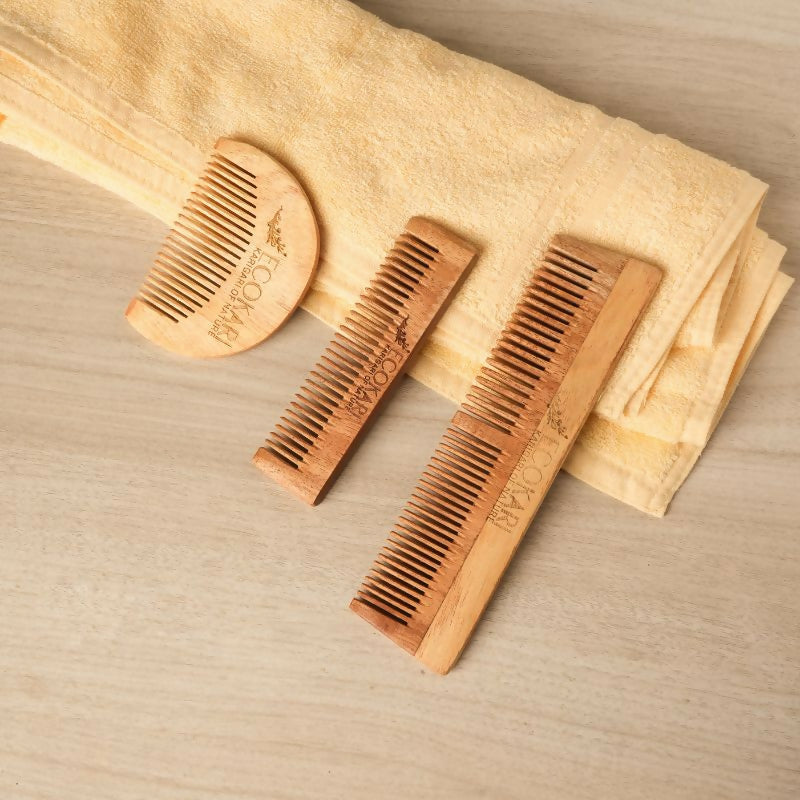Repair & Reuse: Kintsugi and the Charm of Imperfect Upcycling

Kintsugi, a centuries-old Japanese art form, has a philosophy that finds beauty in imperfection and revitalizes broken pieces into cherished, sustainable creations. This technique traditionally involves mending broken pottery with lacquer dusted or mixed with gold colour accentuating the broken lines and patterns. When combined with upcycling, kintsugi transforms the brokenness and also repurposes waste, offering an innovative and environmentally friendly approach. The art of kintsugi teaches us to embrace flaws and imperfections, turning what was once considered damaged into uniquely beautiful and sustainable products. The list below explores a variety of sustainable products that have been crafted using the principles of kintsugi, showcasing its versatility beyond traditional pottery repair.

POMELLATO
Upcycled Gemstones Kintsugi
The Kering-acquired brand, Pomellato, is an esteemed Italian luxury jewellery brand, known for its exquisite Italian craftsmanship. In 2021, Pomellato unveiled a sustainable jewellery collection using the Kintsugi technique. This limited capsule collection had repurposed damaged and discarded gemstones, melding Italian craftsmanship with the poignant Japanese art of Kintsugi—repuposing broken pieces into upcycled treasures. The collection featured a variety of items including rings, elegant pendants on chains, and earrings, redefining imperfections as eco-friendly, high-quality jewellery that celebrates the beauty in flaws.

(Image credit: Pomellato Kintsugi Jewellery Collection)
VIKTOR & ROLF
Kintsugi Couture Collection
Viktor & Rolf, the avant-garde Dutch luxury fashion label, creatively embraced the art of Kintsugi in their 2017 couture collection titled 'Boulevard of Broken Dreams.' The designers reinterpreted vintage fabrics from their personal archives, hand-weaving these torn and worn materials into new forms and textures. These garments, showcasing visible repair work accented with gold, celebrated the aesthetic of visible mending, a hallmark of Kintsugi that highlights the beauty found in damage and repair, thereby giving these materials a proud, renewed life.

(Image credit: Viktor & Rolf - Boulevard of Broken Dreams)
EMEMEM
Street-Mosaic Kintsugi
Ememem, also known as the popular 'street surgeon,' is a creative and anonymous artist from France, known for their unique approach to street art. He revitalizes damaged sidewalks and roads by filling cracks with broken mosaic pieces inspired by Kintsugi, turning ordinary pavements into captivating art. Creating eye-catching street art and mosaics, no cracked pavement goes unnoticed from this french artist with a knack for upcycling. This artist's work beautifies urban spaces and highlights the potential to find beauty in brokenness, expanding the practice of Kintsugi beyond traditional forms and into public art.

(Image credit: Ememem French Artist - Creative Mosaic-Street Artwork)
CERÁMICA APARICI
Kintsugi Ceramic Tiles
Spanish label Cerámica Aparici, a respected manufacturer of ceramics and porcelain for over 60 years, has applied Kintsugi in its unique sustainable tile designs. By reinterpreting this ancient Japanese technique, the company aims to transform brokenness into elegance and beauty. Their Kintsugi-inspired collection includes both wall and floor tiles that exhibit the art of repair, enhancing the sustainability and aesthetic value of their products.

(Image credit: Cerámica Aparici Kintsugi Ceramic Tiles)
SABOTAGE
Kintsugi Sneakers
Mark Ong, the renowned sneaker customizer and founder of Sabotage, innovatively applied Kintsugi to a recent collection of Nike sneakers. Early this year, he released a limited edition series where Nike shoes were customized using upcycled materials such as Hermès scarves and vintage bandanas. The iconic Nike swoosh and other parts of the sneakers were adorned with these repurposed fabrics, creating a unique and stylish reinterpretation of the footwear.

(Image credit: Sabotage by Mark Ong - Kintsugi Sneakers)
TATIANE FREITAS
Broken Wood Kintsugi
Brazilian artist Tatiane Freitas brings new life to broken and discarded furniture through her innovative use of Kintsugi, combined with modern materials like acrylic. In her studio, she skillfully bridges the gaps and broken pieces in damaged wooden furniture—be it chairs, ladders, or other items—with transparent acrylic, blending the old with the new. This technique recycles waste and also transforms it into sustainable, artistic, and functional pieces, giving them a second chance at usability and appreciation.

The ancient art of kintsugi, more than just a method of repair, is a profound metaphor for sustainability and renewal. By applying kintsugi techniques to eco-friendly products, we extend this philosophy to modern sustainability efforts. This recovers and beautifies broken items and it also reduces waste by repurposing materials that would otherwise be discarded. The adoption of kintsugi in creating eco-friendly products highlights how traditional arts can inspire contemporary solutions to environmental issues by celebrating imperfections .






Leave a comment